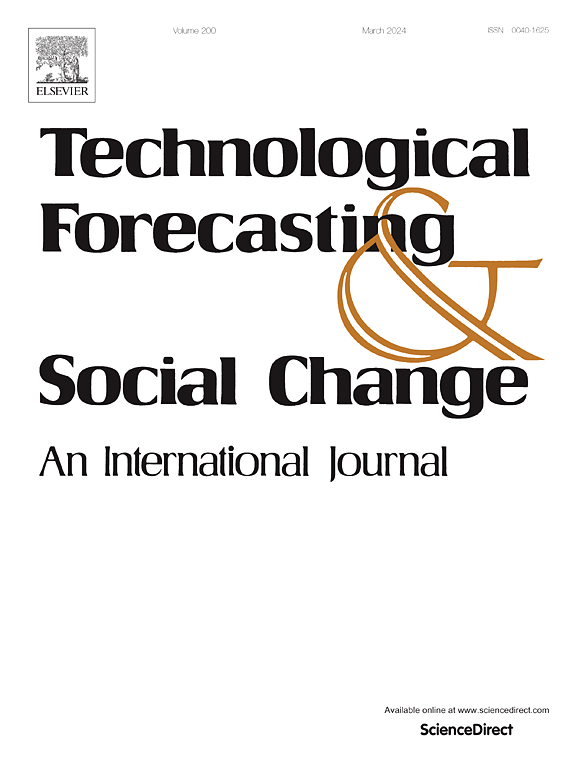The possibilities of using AutoML in bankruptcy prediction: Case of Slovakia
IF 12.9
1区 管理学
Q1 BUSINESS
Technological Forecasting and Social Change
Pub Date : 2025-03-13
DOI:10.1016/j.techfore.2025.124098
引用次数: 0
Abstract
Using machine learning (ML) and artificial intelligence to make predictions to increase efficiency will drive the upcoming fifth industrial revolution. This study investigates the application of automated machine learning (AutoML) in the prediction of company bankruptcies, with a focus on two key novelties: (1) a comprehensive comparison of five state-of-the-art AutoML tools (AutoGluon, AutoKeras, H2O-AutoML, MLJar, and TPOT) against traditional statistical methods and ensemble ML techniques based on predictive performance and development time, and (2) an in-depth impact analysis of three distinct data resampling approaches (without resampling, random oversampling and SMOTE) on model performance and development time. Using financial data from 2019 to 2021, this study demonstrates that AutoML tools, particularly H2O-AutoML and AutoGluon, outperform traditional and ensemble ML methods (achieving AUC values of 0.913 and 0.894 respectively, compared to 0.880 for XGBoost) and significantly reduce model-development time, often completing tasks in one-third to half the time required by conventional approaches. Furthermore, the findings highlight the robustness of H2O-AutoML and AutoGluon in handling imbalanced datasets- a critical challenge in bankruptcy prediction. Therefore, selected AutoML methods can already help to democratise access to advanced risk management models for smaller companies and institutions to leverage high-performing predictive tools with minimal expert intervention.
运用AutoML进行破产预测的可能性:以斯洛伐克为例
利用机器学习(ML)和人工智能(ai)进行预测,提高效率,将推动即将到来的第五次产业革命。本研究探讨了自动机器学习(AutoML)在公司破产预测中的应用,重点关注两个关键的新奇之处:(1)基于预测性能和开发时间,对五种最先进的AutoML工具(AutoGluon、AutoKeras、H2O-AutoML、MLJar和TPOT)与传统统计方法和集成ML技术进行了全面比较;(2)深入分析了三种不同的数据重采样方法(无重采样、随机过采样和SMOTE)对模型性能和开发时间的影响。利用2019年至2021年的财务数据,本研究表明,AutoML工具,特别是H2O-AutoML和AutoGluon,优于传统和集成ML方法(AUC值分别为0.913和0.894,而XGBoost的AUC值为0.880),并显著缩短了模型开发时间,通常只需传统方法所需时间的三分之一到一半即可完成任务。此外,研究结果强调H2O-AutoML和AutoGluon在处理不平衡数据集方面的稳健性-这是破产预测的关键挑战。因此,选择的AutoML方法已经可以帮助小型公司和机构民主化访问先进的风险管理模型,以最小的专家干预来利用高性能的预测工具。
本文章由计算机程序翻译,如有差异,请以英文原文为准。
求助全文
约1分钟内获得全文
求助全文
来源期刊
CiteScore
21.30
自引率
10.80%
发文量
813
期刊介绍:
Technological Forecasting and Social Change is a prominent platform for individuals engaged in the methodology and application of technological forecasting and future studies as planning tools, exploring the interconnectedness of social, environmental, and technological factors.
In addition to serving as a key forum for these discussions, we offer numerous benefits for authors, including complimentary PDFs, a generous copyright policy, exclusive discounts on Elsevier publications, and more.

 求助内容:
求助内容: 应助结果提醒方式:
应助结果提醒方式:


